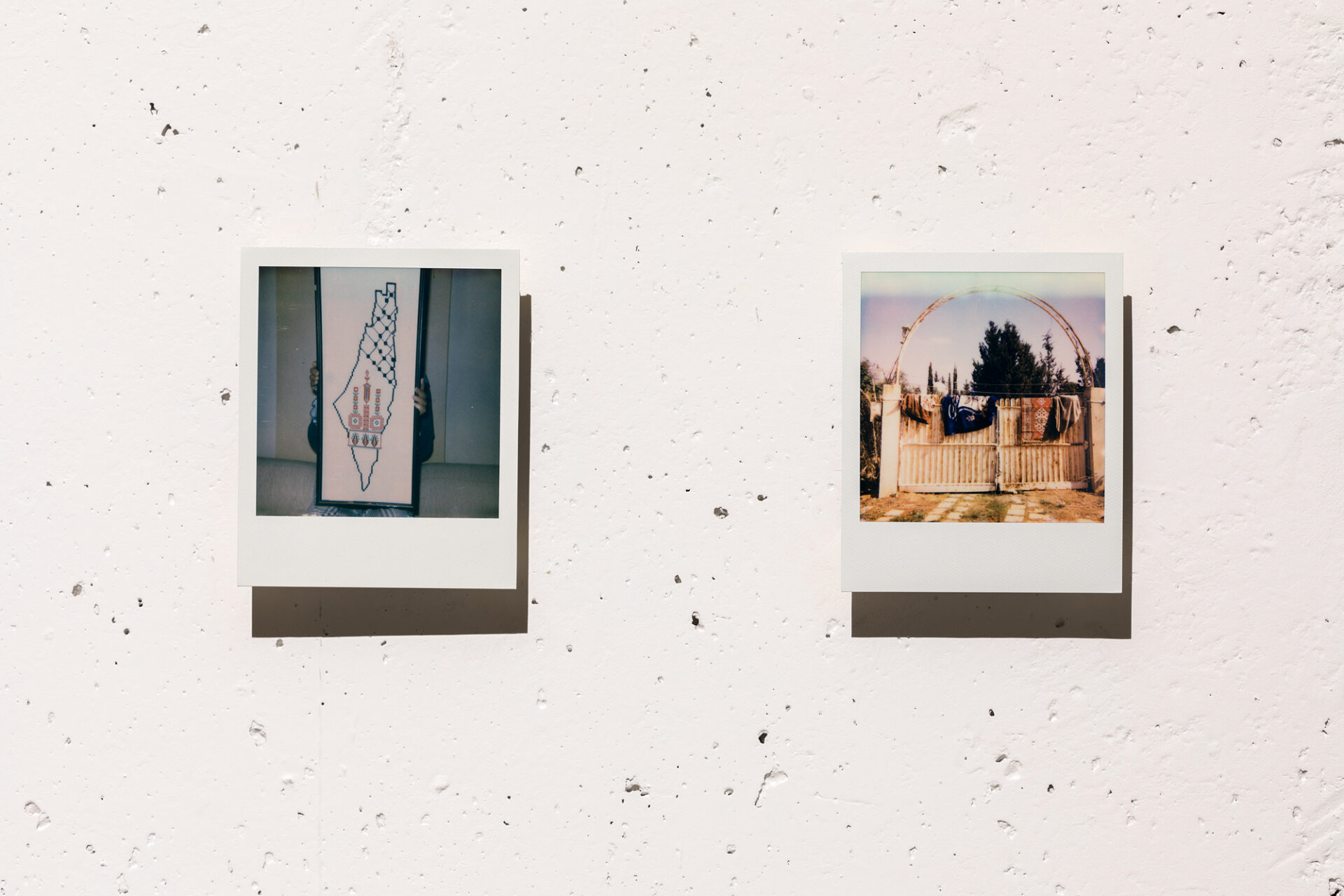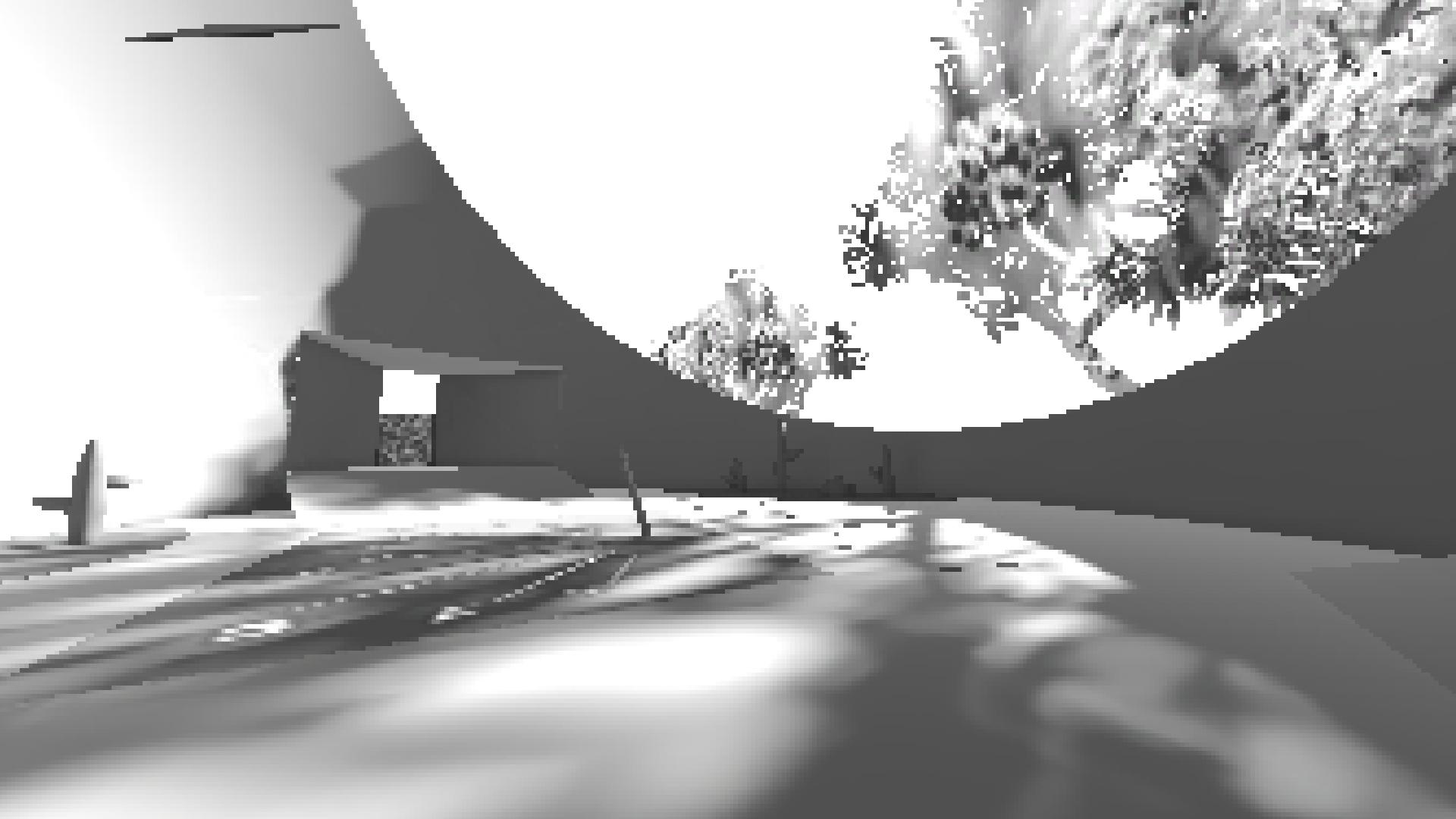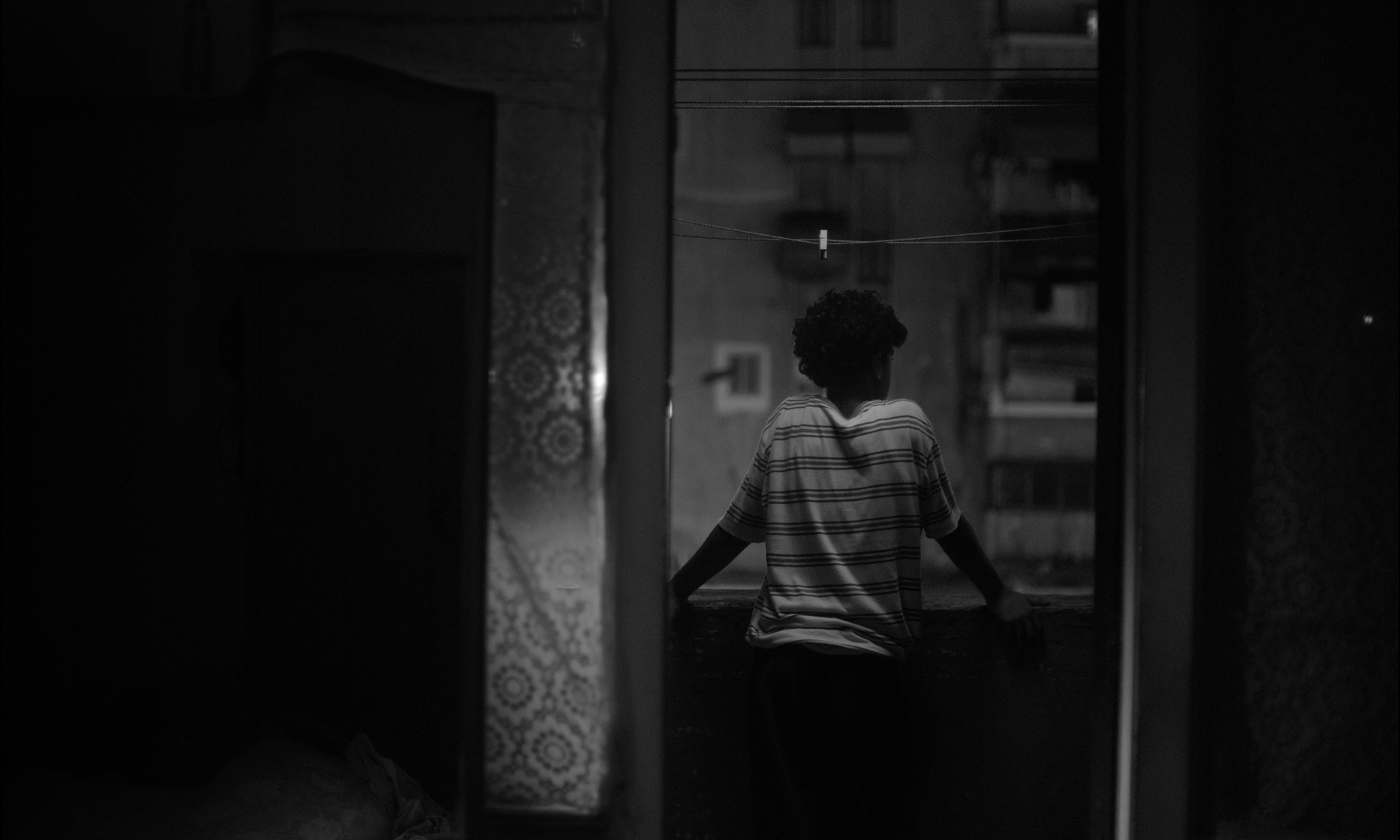Culture Resource is pleased to announce the grantees of the 2023 round of the Production Awards program which aims to promote and encourage a new generation of artists and writers from the Arab region by supporting their first creative projects in music, cinema, literature, visual arts and performing arts. The program team received 328 applications of which the jury selected 26.
Literature
Abdelmajid Sebbata, Morocco / writer and translator
Publishing of the novel “Escorial” (working title)
The novel opens with an investigation into the mysterious death of a university professor in Tangier, Morocco. All preliminary evidence points to suicide in the wake of a scandal surrounding the victim’s sexual harassment of a Spanish doctoral researcher. However, the investigator in charge of the case unearths secrets on campus that cause him to rethink the suicide hypothesis and lead to surprising revelations. The novel also takes us back to the early 17th century when Spanish pirates attack a Moroccan ship, seize a large collection of books and manuscripts belonging to Sultan Zaidan al-Saadi and deliver them to the Escorial library in Madrid. The Moroccans made numerous attempts to retrieve them, including one undertaken by Muhammad al-Ghassani al-Andalusi, the envoy of Sultan Ismail. However all such efforts failed. Then, after the outbreak of the Spanish civil war in the 1930s, the precious works were lost, including a closely guarded manuscript that confirmed that Miguel de Cervantes was not the author of the world renown Don Quixote, a revelation that could turn the history of modern literature on its head. What bearing does this have on the investigation into the mysterious death of the professor? What certainty can we have about the past when so much skepticism surrounds the present?
Ahmed Awny, Egypt / writer and literary editor
Publishing of the novel “That Pretty Woman’s Brother”
Feeling pressured by his male friends who are eager to learn how he, as a conventional male reared on machismo ideas, reacted to the revelation of his sister’s affair with a colleague, Shadi falsely claims that he beat her severely. He forgets this lie by the time he and his sister move from Port Said to Cairo where they become part of a community of educated elite. The women in the group admire Shadi for his progressive outlooks and he conforms so faithfully to his new-male image that he believes it truly represents him. Meanwhile, someone from his old world in Port Said suddenly appears. As he tries to keep his old lie from slipping out into his new world in Cairo, he comes across an anonymous blog on the internet by a woman who suspects she is his sister. The blogger relates how she grew up with a brother who used to bully and beat her. A documentary thread interweaves with the fictional narrative, relating the story of a woman who took part in the Port Said resistance during the tripartite invasion of 1956. The work also includes an analytical thread that examines depictions of Egypt as a female entity in political and artistic discourse.
Diaa Barghouthi, Palestine / playwright
Publishing of the playscript “Journey to the Third Dimension of a Clementine”
Journey to the Third Dimension of a Clementine is an experimental play inspired by indigenous performance traditions that were part of Palestinian Sufi festivals before the Nakba, in Karagoz (shadow puppet) theater in particular. The plot revolves around three events involving planes: the disappearance of an Ottoman pilot in 1914, the bombing of Jerusalem in 1967, and the exile of Palestinian resistance fighters who had taken refuge in the Church of Nativity in Bethlehem in 2000. While an exploration of Palestinian cultural and political history, the aim of this work is not just to remind audiences of past events but also to pose questions on the relationship of the Palestinian public to their theatrical history and the potential for reviving theatrical traditions that had died out after the Nakba.
Mai El Maghraby, Egypt / writer and journalist
Publishing of the novel “Out of Gheit el-Enab”
The work is a fictional exploration of rural-urban migration from Upper Egypt to Gheit el-Enab in Alexandria. The area had been a gateway to Alexandria from the mid 19th century to the mid-1970s. The novel relates the changes it underwent up to 2018 when it was classified as a “slum” whose inhabitants yearned for a dignified life. One of these is Intisar who was born in the 1970s. Through her eyes, we learn the history, follow the transformation in value and status of the place across generations, and how this affected its inhabitants’ customs and behaviors, as well as other parts of the city. We are also introduced to residents whose ancestors were embarrassed to relate the stories of their migration, and we learn of the villages they had left behind. All these diverse threads lead us to a deeper understanding of Alexandria and a perspective that contrasts starkly with the official historical narrative.
Reham Habiballa, Sudan / short story writer and journalist
Publishing of the novel “The Room Number 8”
This fictional work unfolds in a cell in the women’s prison in Sudan at the time of the grassroots demonstrations that overthrew the Omar al-Bashir regime. Eight women of diverse backgrounds and accused of different offenses are gathered in that cell in which a major event would determine their fates. While fictional, the setting and events of this work mirror realities in the women’s prison in 2019, against the backdrop of the political upheaval in Sudan.
Jury:
– Assia Moussei, Algeria / publisher
– Charles Akl, Egypt / writer, novelist and architect
– Odai Al-Zoubi, Syria / story writer, journalist and academic
“In every project, we found the hope to write, to leave a mark, to settle a score with a pain or to dissect a personal or social experience. I was impressed by the level of sophistication and the strength of many of the proposals. Their authors certainly deserve support so that they can devote themselves full-time to their project, access the documentary materials they need, or travel if the purpose requires. Also, their works need to materialize as soon as possible to contribute new literary additions to the publishing market in the Arab region. I gave particular pause to writers from Sudan who are striving to break with Sudanese literary conventions and offer fresh and original literary approaches to the treatment of their country’s history and social life. As has always been the case when serving as a jury member, I feel that the experience is greatly rewarding for the reader/juror, as it opens his/her sensibilities to the new literary experiences that are quietly developing in many corners of our Arab region and even abroad.”
– Assia Moussei
“I enjoyed the jury experience for many reasons. To begin with, it was a great opportunity to read this collection of diverse projects, get acquainted with many highly talented writers and familiarize myself with new literary trends. I was also pleased by the final selections and their diversity in terms of literary genre, country of origin and the applicant’s level of experience. There was a remarkable presence of projects submitted from Sudan, most of which were historical fiction. It was a difficult challenge to select the best. Many proposed projects stood out for their dispassionate and intelligent discourse and style, their serious research and innovative choice of subject matter. Naturally, the juror’s task did not come without some disappointments. I had hoped to see more projects that were not novels, which accounted for more than 90 per cent of the submissions. I had also hoped that more resources could be available to support more projects through Production Awards, not only for the financial support but also because of the institutional recognition that many need in order to gain confidence and persist in their literary career.”
– Charles Akl
“The jury experience was both enjoyable and rewarding. I learned a lot from these efforts and especially from the approaches explored by young writers and the choices they favored. I thank all the applicants for the bright, courageous and innovative ideas they have been working on.”
– Odai Al-Zoubi
Cinema / Video
Asmaa Gamal Elgafrie, Egypt / photographer and film director
Production of the full-length documentary “My Dream to Fly”
The film follows a group of young men in their twenties who are pursuing the dream of their friend who died in a motorcycle race in the streets four years earlier. That dream was to make it world-class stunt sports which they practice on their cheap Chinese-made motorcycles in a slum in the Qanatir al-Khayriyah of Cairo.
Badr Yousef, Yemen / graphic designer and photographer
Post-production of the short documentary “Fariha”
Fariha tells the story of an unusual role model for Yemeni women. It revives the voice of Fariha, a Yemeni singer from Hodeidah who gained widespread renown in the 1980s for her performances at social functions. She was a contemporary of many other well-known singers, such as Abu Bakr Salem, Ahmed Fathi and Karama Mersal. The film follows the life of Feriha, today, at the age of 74. Despite living alone and driven from her home due to the civil war, she continues to hum her tunes as she moves from one town to another and from one job to next in search of a livelihood and joy in life. The film throws into relief the conflicting nature of the relationship between Yemeni society and art. On the one hand there is the intimate connection between the Yemeni individual and the country’s rich cultural heritage with its diverse forms of music and dance. On the other hand, there is the war that Yemeni artists have to fight in a conservative society that looks down on artists and tries to suppress them on the grounds of customs or religion, especially if they are women.
Mohamed Mostafa, Egypt / film director
Production of the full-length documentary “Big Boys Don’t Cry”
The film paints a portrait of its hypermasculine protagonists – muscle bound body guards and bodybuilders – as they construct and perform their macho identities and hide their vulnerabilities. This is shown through the filmmaking process and through the dynamics between them and the filmmaker who observes them, interacts with them, and then reflects on himself as a skeptic filmmaker and an insecure man.
Morad Mostafa, Egypt / film director
Production of the feature fiction “Aisha Can’t Fly Away Anymore”
Aisha is a 26 years old Somali carer for elderly patients who lives in the Ain Shams district of Cairo. She is familiar with the underworld in the local African migrant community in that neighborhood which has become akin to a small African colony in which tensions are rife between the newcomers and original inhabitants. Aisha gets involved with an Egyptian street gang that blackmails her into stealing keys to the apartments of her elderly patients. Meanwhile, she copes with boredom and an ambiguous romantic relationship with a young Egyptian cook.
Rim Harrabi, Tunisia / filmmaker and editor
Post-production of the full-length documentary “Passengers”
The film tells the story of a building in downtown Tunis that was built by Italians in 1905 and that testifies to the fragments of individual and collective memories. During the first lockdown in 2020, eight of its residents, all from different nationalities and backgrounds, found themselves cut off from the world outside their walls and forced to contend with the solitude and emptiness that now filled their daily lives. An irritating experience and context that brought out many intimate stories and turbulent emotions.
Jury:
– Ali Essafi, Morocco / documentary filmmaker
– Ghassan Salhab, Lebanon / Cinema and video film director
– Nada Riyadh, Egypt / film director and producer
“Any selection process is cruel by definition. We know this. But it also means that the choice exists and that more than one project exists, despite everything that is happening in our region where we have to sweat blood to ”accomplish” anything at all, let alone a film. So the fact that there are choices is very important, in itself. I wish the best of luck and plenty of stamina to the authors of the selected projects and all the other applicants.”
– Ghassan Salhab
“The proposed projects in all their diversity in subject matter and artistic style testify to the creativity and persistence of filmmakers in the Arab region and their commitment to an art that is in touch with contemporary social and political conditions despite the many challenges they face, not least of which is the lack of resources and opportunities for support and development. This experience has filled me with the hope of working toward a collaborative supportive Arab filmmakers community that breaks the cycles of discrimination and privilege.”
– Nada Riyadh
Visual Arts
Christine Safatly, Lebanon / plastic artist
Production of the project “There’s No Difference Between Ketchup and Ripe Tomatoes” (part 2)
This is the second part of the project There’s No Difference Between Ketchup and Ripe Tomatoes, which the artist began three years ago. It is a series of works and experimentations using diverse materials, surfaces, tools and the aesthetic techniques of abstraction to explore corporeal emotion, childhood experiences, and everyday encounters with oppressive systems.
Ghassen Chraifa, Tunisia / visual artist, filmmaker and architect
Production of the video installation “Raw: Diodes of the Vanished Giver”
This video installation shifts between documentation and experimentation in the treatment of its protagonist, Jabal al-Rasas. One of Tunisia’s major mountains, it stands as a monument and epitome of the uninterrupted dualities between man and nature. It is exploited and destroyed yet rises as an edifice to civilization and history. The narrative of Jabal al-Rassas is the ongoing story of this donor and victim.
Mohamed Mahdy, Egypt / visual storyteller
Production of the multimedia documentary project “Here, the doors don’t know me”
The project is a long term collaborative project that aims to amplify the voice of a community that was displaced from its land in Alexandria, and to generate public pressure to help them preserve their identity and history. Using multimedia as a narrative tool, Mohamed Mahdy delves into family archives and presents the last of community’s handwritten letters. The aim of the project is to raise awareness on the adverse impacts of demolishing certain urban areas for commercial benefit, a phenomenon that affects people in developing countries in particular, and that has grown rapidly in Egypt during the past decade.
Obaid Allah Hussein, Palestine–Syria/ photographer
Production of the photography exhibition “Timeline”
The project aims to pin down time and memory which had been toyed with during and after the war. The exhibition will feature 16 photographs of blackboards in destroyed schools in the Mleha district outside Damascus. Memory of war is closely connected with one’s sensory memory which can distort our memories of those years. As a result of this sensory manipulation the mind forms a black, unintelligible image of unknown origin. The photographs of the blackboards from the schools destroyed by war are an attempt to clarify memory by means of the dates and writings on them, highlight the distortion that had occurred and reconnect memory with a part of time, until we come to the empty blackboard which represents the truth about that black image.
Shefa Salem, Libya / visual artist
Production of the traveling solo exhibition “Ethnolibya”
“Ethnolibya” is a traveling solo exhibition between the 3 main regions of Libya: Cyrenaica, Tripoli and Fezzan. It will feature a collection of large-scale artworks, including 10 to 14 new pieces. The collection will present an ethnological, anthropological, archeological and mythological narrative of Libyan history.
Jury:
– Nour Asalia, Syria / plastic artist and researcher
– Maha Maamoun, Egypt / artist and photographer
– Yazid Oulab, Algeria / contemporary artist
“The applications ranged across disciplines from the plastic arts and photography to digital works and artistic publications. The quality varied, but there were many very good proposals, requiring the jury members to make painstaking detailed comparisons. We discussed the entries in all their various aspects, including the extent to which they fit in the grant’s visual arts category and their feasibility.”
– Nour Asalia
Music
Faris Ishaq, Palestine-Jordan / composer and ney player
Production of the music album “Kham Quartet”
The Kham Quartet consists of Faris Ishaq (ney), the Australian jazz harpist Tara Minton, the Italian jazz singer Germana La Sorsa and the Nigerian percussionist Richard Olatunde Baker. The raw material of the ney (sugar cane) inspired Faris with an artistic mission to discover the outer reaches of the range and intrinsic performance potential of this simple instrument. “Kham”, which means raw, represents the faith in the inherit potential of any idea, substance or even person, and the whole-hearted investment in the means to develop and optimise them. In fact, Ishaq’s main field of specialization – music therapy – is an expression of his holistic approach to music, which is foundational to his new project.
Gaby Al Botros, Syria / composer, arranger and guitarist
Production of the music album “Love and Poetry”
The Love and Poetry album will feature five poems in the Arabic classical poetic tradition written by Arab poets of different eras. The album will showcase Arabic love poetry set to music composed in classical styles arranged for the guitar and oud. The project offers a unique perspective on musical composition for classical Arabic poetry, as it will demonstrate the ability of the guitar to lead the melody rather than just accompany it.
Ibrahim Fadl, Yemen / composer and performer
Production of the music album “Lafayit Sana’a”
Lafayit Sana’a will consist of five tracks whose songs are inspired by Yemen’s and, specifically, Sana’a’s heritage. The album aims to address the suffering and emotional strains the current generation has endured as the result of many years of warfare, conflict and political ills. The challenge of this project is not just to question prevalent musical styles and concepts but also to create music that will contribute a new addition to contemporary Yemeni music and attract new audiences.
Ibrahim Muslimani, Syria / musician and percussionist
Production of a collection of compositions entitled “Breaths from Aleppo”
“Breaths from Aleppo” will feature eight different pieces, some Ibrahim’s original compositions and others that are musical memories of Aleppo that he has carried with him in his travels. The pieces will be based on Sufi, Andalusian and Ghazal poetry and will feature both old and new melodies arranged for voice, instruments and percussion. This project will embody Aleppo’s centuries-old musical breath, the challenge of renewal in the Arabic classical musical tradition that Ibrahim came from.
Petra El Hawi, Lebanon / musical therapist and performer
Production of the music album “Masar”
“Masar” is an artistic explorative journey into the core concerns of Arab life. It will use original poems to address social and philosophical themes and set them to music that fuses authentic tunes and rhythms of Levantine music with the contemporary electronic sounds and acoustics. The musical duo Rust (Petra Hawi and Hany Manja) and the poet Jana Salloum will contribute to the production of the project.
Jury:
– Ahmad Al Salhi, Kuwait / musicology research and violinist
– Alsarah, Sudan / composer, performer, ethnomusicology researcher
– Jasser Haj Youssef, Tunisia / composer, musicology researcher and violist
“I was delighted by this opportunity to familiarize myself with some contemporary Arab music endeavors, some of which were masterful in terms of creativity, quality and performance, which inspired my admiration and stirred my musical passions. I wish the grantees in the music category continued success and productivity, and to those who were not as fortunate I hope they will persist in their musical production and the further development of their artistic capacities.”
– Ahmad Al Salhi
Performing Arts
Ali Chahrour, Lebanon / theatrical director, dancer and choreographer
Production of the dance performance “Crossing the Desert”
The performance explores fear and its impacts on the body, posture and movement. In the process, it examines controversial social issues through the intimate and personal stories of individuals, stories normally hidden within the walls of their homes in cities and suburbs and that reveal the daily victories and setbacks of bodies determined to resist fear in order to preserve what remains of their privacy.
Nermin Habib, Egypt / dancer and choreographer
Production of the dance performance “15 years with no Balcony”
This project redefines “balcony” as a statement, a unique platform for communication, an extension of personal space and a breathing space of the sort we all need. The work reflects the artist’s own experiences with personal space in an environment where urban change has encroached on that space to devastating effect. It discusses bodily movement in relation to inherited cultural attitudes towards the body, and explores how to forge an outlet in a social context that rejects all arts that use the body as a means of expression, especially for women. Through the use of the languages of contemporary dance, martial arts and belly dance, the work tests the ability to recover from the pandemic by questioning how to find and rediscover alternative spaces for release and different ways to carry on.
Noras Othman, Syria / dancer and choreographer
Production of the physical theater performance “Boxed”
This work takes the idea of quarantine and confinement to a box called home and expands it to intellectual, sexual and political quarantine and the boxes of different sizes that we chose to live in, much like chickens in coops. This metaphor forms the kinetic, dramatic, and scenographic basis of the performance
Rahaf Al-Jaber, Syria / dancer and choreographer
Production of the physical theater performance “Numbness”
The project falls under the category of physical theater, an experimental method that, here, employs movement patterns connected with the body’s physical memory of war at the tangible and symbolic levels. The performance also addresses the idea of psychological instability which becomes a form of numbness that dominates our interactions with the outside world as a means to insulate ourselves from adversity. That numbness can make people accept the most horrible conditions simply because they feel threatened by even worse.
Rita Akroush, Jordan / dramaturg and playwright
Production of the musical “Light”
The musical Light tells the story of 15 year old Laila who hates the light and the sun. Instead, she prefers to spend her time in the dark recesses of her old family library, which is her personal sanctuary. The more she spends time there, the more she discovers that there is more to it than meets the eye. As she struggles to deal with her private sorrow, the library slowly comes to life to help her cope and find her inner light.
Sara Zein, Lebanon / Theater maker
Production of the theater performance “Luka”
Based on The Bear by Antoine Chekhov, Luka unfolds in 2040 after technology, social media and digital currencies have taken full control over our lives. A young woman, whose partner vanished after the news broke of another economic collapse, is contacted by a young man who wants to get back the money he lent to the missing partner. She tells him she has no right to access her partner’s account and then consults the lawyer. As tensions between them mount, he hacks her accounts and blocks her calls. Through the protagonists’ interactions, the play presents an imaginary portrait of the impacts of digital and other technological advances on interpersonal relations and value systems.
Jury:
– Haitham Abdel- Razzaq, Iraq / actor and theatrical director
– Jamila El Haouni, Morocco / actress
– Nawel Skandrani, Tunisia / dancer and choreographer
*Photo from the project “Searching for the New Dress” by Nour Shantout (Syria), supported by the #ProductionAwards program 2021.





